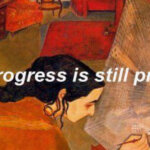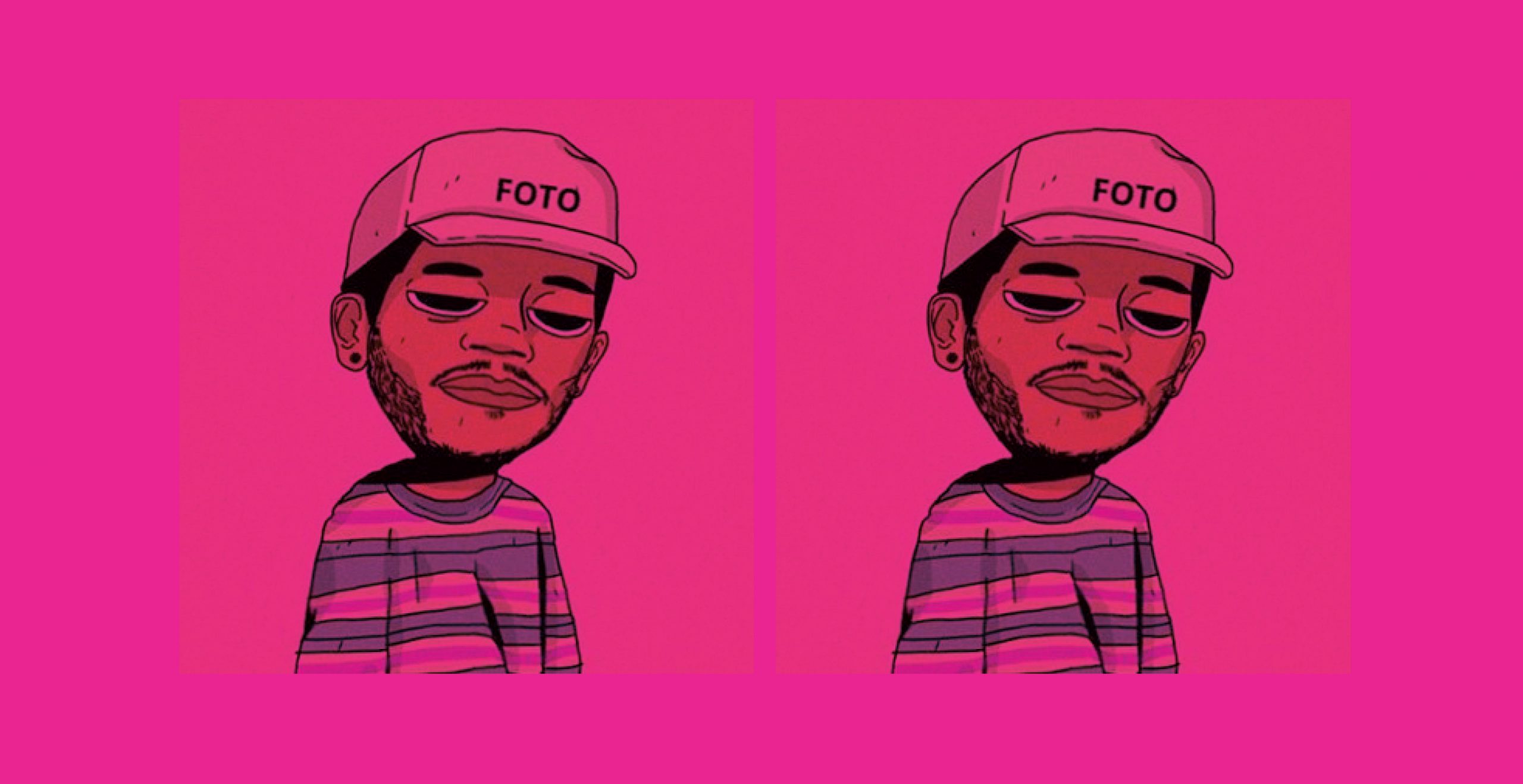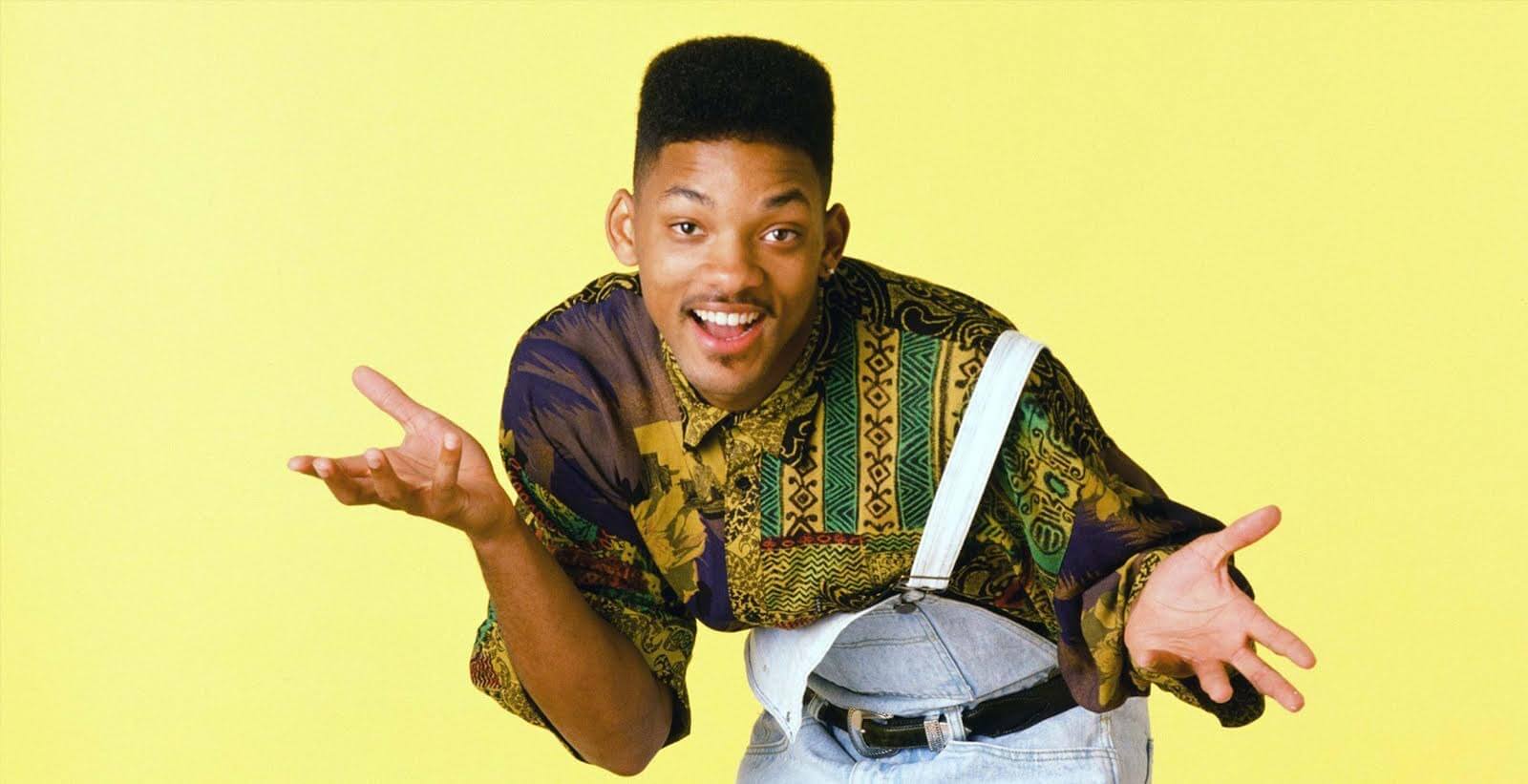I have a complex relationship with TikTok, believing it to be both terrible and brilliant, a paradoxical belief that has caused me to exhibit contrasting behaviors towards it.
Quite similar to a situationship you can’t quite cut loose from. So I sit there perched on my sofa, back hunched, scrolling, scrolling, scrolling. I am inevitably sucked into the madness of my For You Page, in which my brain tries to process influencer marketing, hauls and dance videos interspersed with footage of the atrocities in Gaza and cutting to “Men or Bear” hot takes, jumping from one emotion to the next at breakneck speed, as if this format is completely normal. I feel exhausted by the autoplay, the algorithm, and the sheer volume of it all, an endless list of content that I could hypothetically watch forever.
My relationship with TikTok started so innocently as research for an article in 2019 (I was painfully late to the party) and now I can’t get out of my complicated emotional state towards an app. But while I was perching, hunching and scrolling I noticed a beacon of hope.
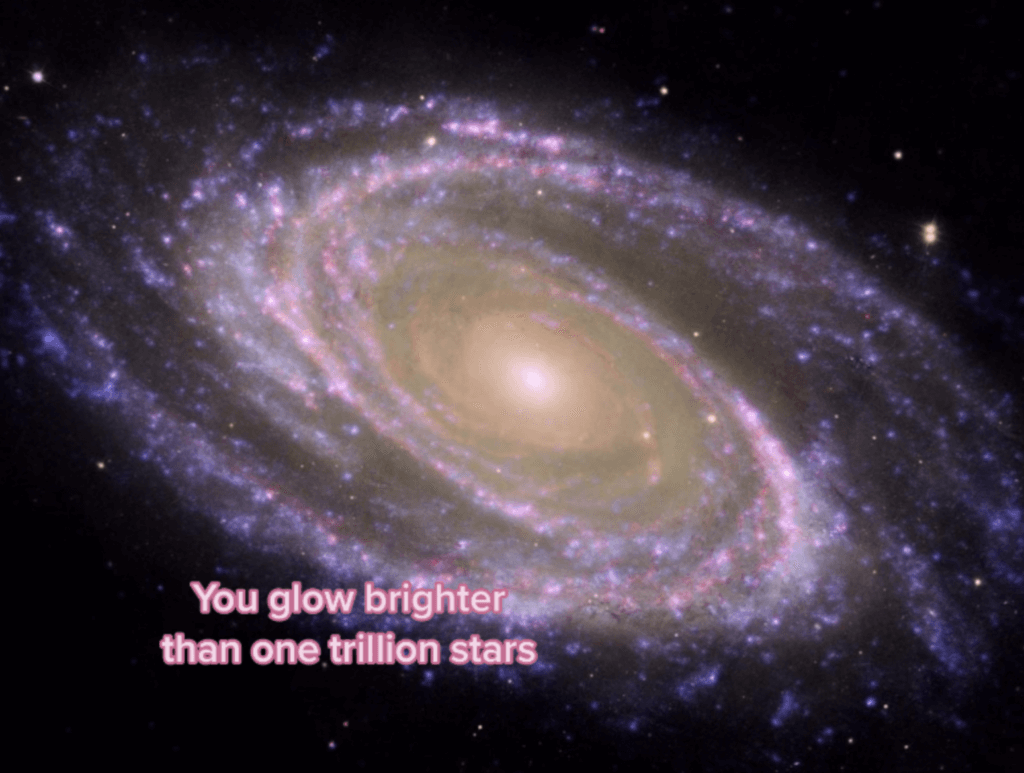
The horrors persist but so do I
Amidst the chaotic swirl of content, something else caught my eye: hopecore. Emerging like a breath of fresh air, this trend is a collection of uplifting, positive content aimed at promoting hope, mental health and well-being. Users share motivational quotes, personal stories of overcoming adversity and messages that encourage self-care and positivity. Set to soothing music, these videos often feature visuals that evoke a sense of peace and calm, such as nature scenes or gentle animation.
In addition to their calming qualities, Hopecore is also popular on TikTok because of its ability to evoke feelings of nostalgia and longing. With themes that are reminiscent of simpler times, Hopecore aims to be an antidote to doom scrolling, and help users to reconnect with the brighter side of the internet!
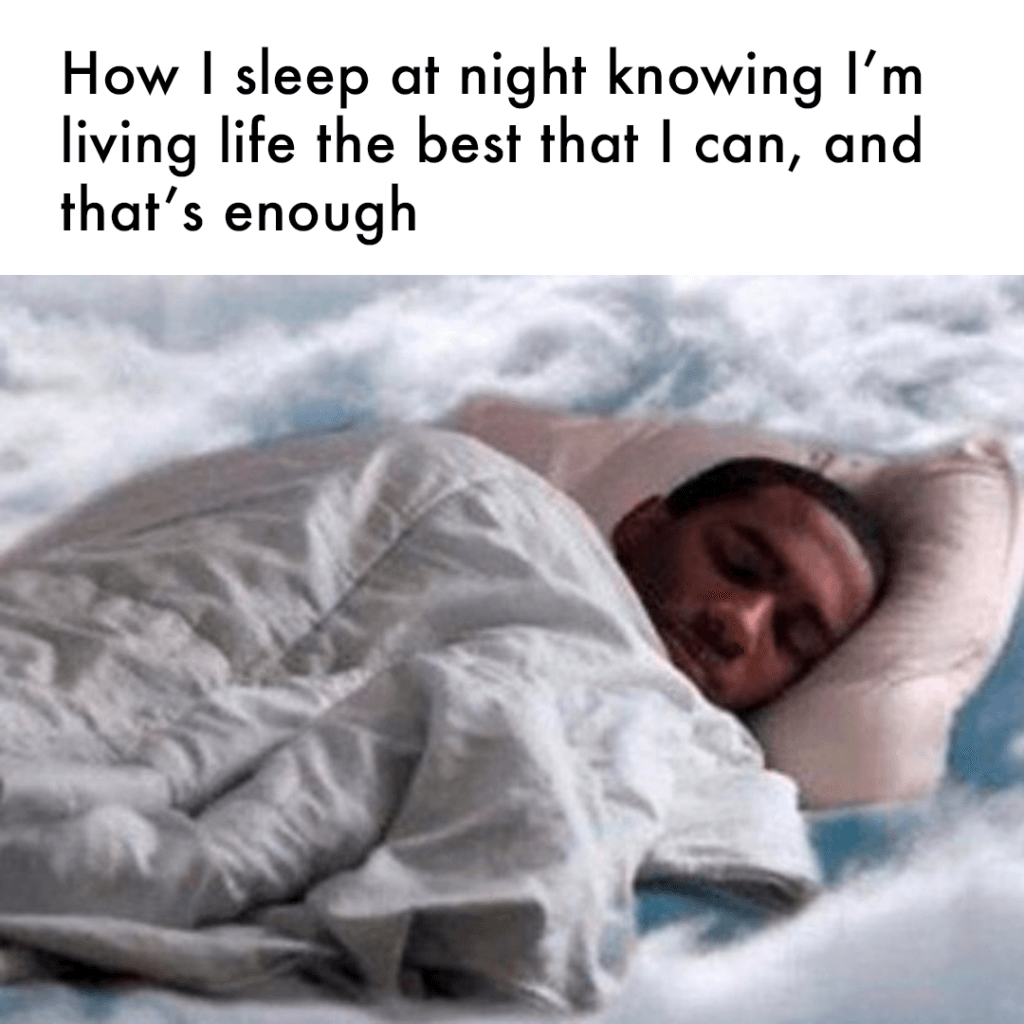
The impact of hopecore on the TikTok community is profound. It has fostered a supportive environment where people feel comfortable sharing their vulnerabilities and offering support to others. This trend has become a digital haven for collective healing, where individuals can find moments of peace and hope amidst the overwhelming flow of content.
So, as I sit there on my sofa, scrolling through the endless stream of TikTok videos, I find myself drawn to the gentle light of hopecore. It’s a reminder that amidst the chaos, there is still room for hope, resilience, and positivity.
So are we just crying out for help on TikTok now? It certainly feels like it. In a world inundated with stress, uncertainty, and digital noise, hopecore appears as a collective sigh of relief, a gentle plea for kindness, understanding, and emotional support. This trend reflects a generation acutely aware of its mental health struggles and unafraid to seek solace in the digital realm. Through hopecore, Gen Z is not just crying out for help—they are finding ways to help each other, creating a network of hope and support that stands in stark contrast to the often overwhelming and negative content that permeates social media.








